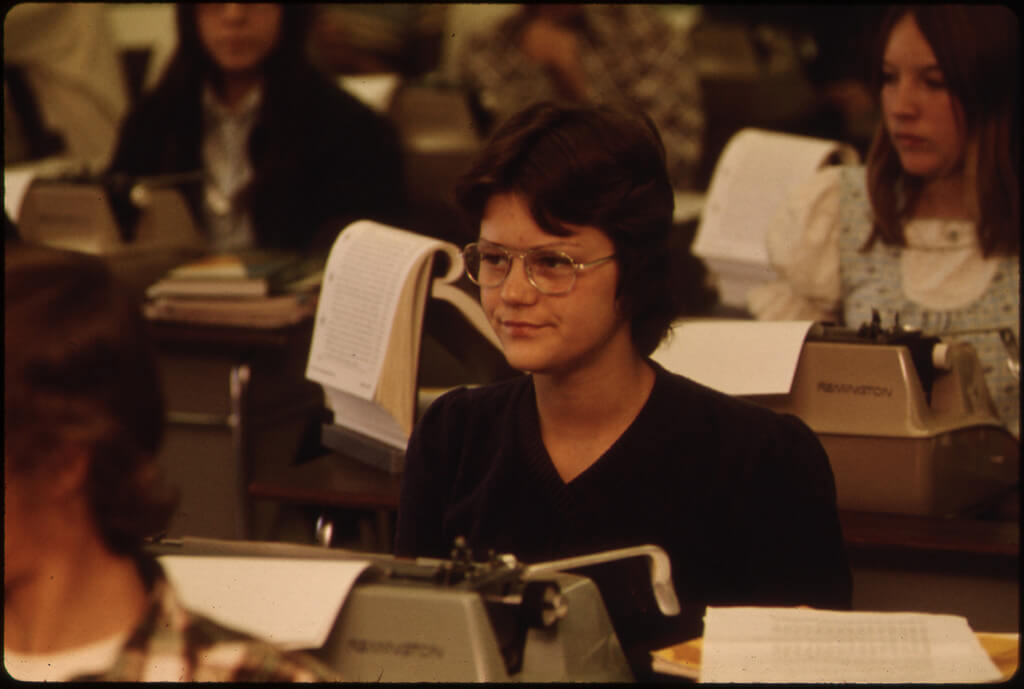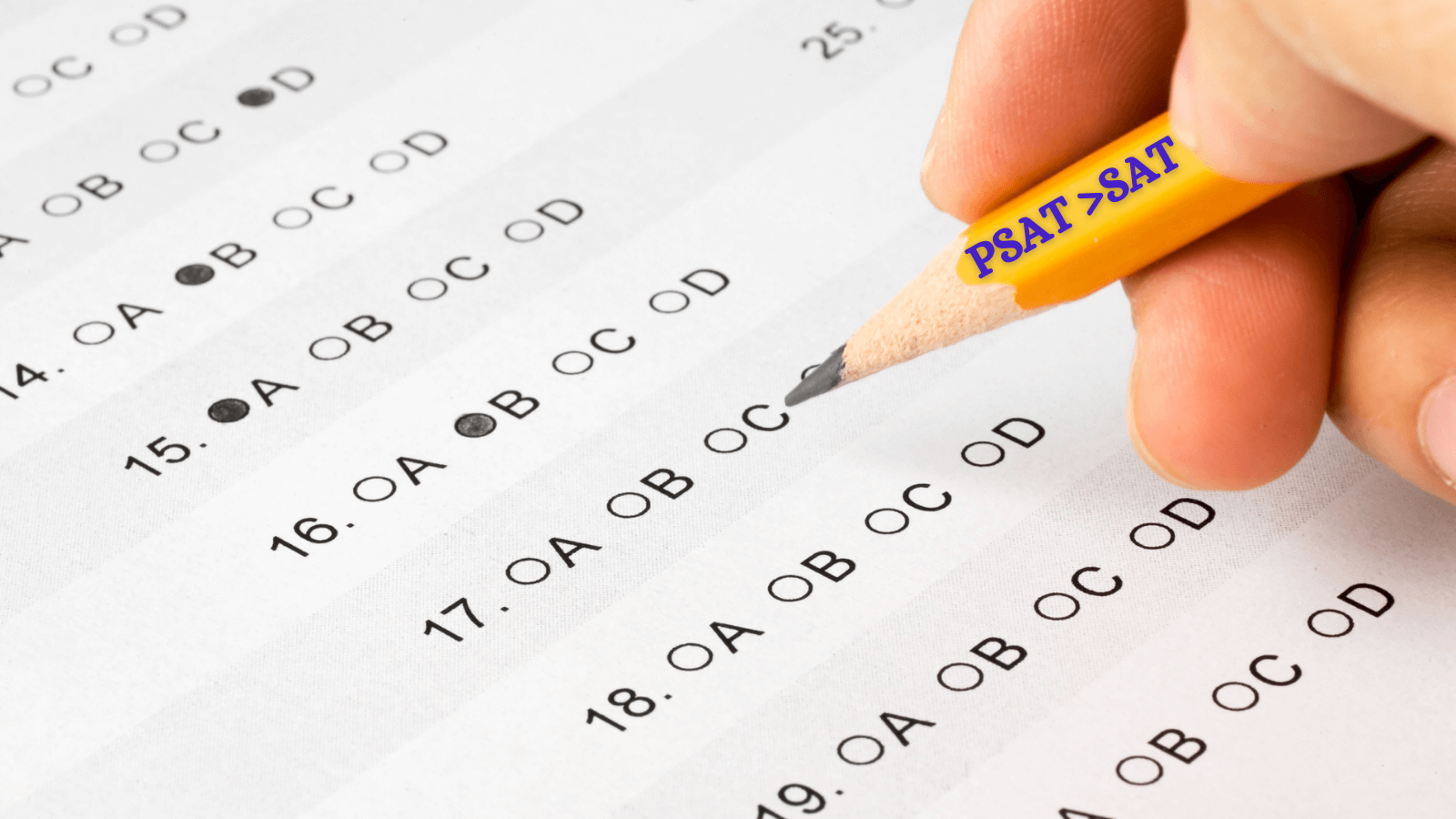Student-centric advice and objective recommendations
Higher education has never been more confusing or expensive. Our goal is to help you navigate the very big decisions related to higher ed with objective information and expert advice. Each piece of content on the site is original, based on extensive research, and reviewed by multiple editors, including a subject matter expert. This ensures that all of our content is up-to-date, useful, accurate, and thorough.
Our reviews and recommendations are based on extensive research, testing, and feedback. We may receive commission from links on our website, but that doesn’t affect our editors’ opinions. Our marketing partners don’t review, approve or endorse our editorial content. It’s accurate to the best of our knowledge when posted. You can find a complete list of our partners here.
What is Khan Academy? Everything You Need to Know
 By
Kayla Korzekwinski
By
Kayla Korzekwinski 
Kayla Korzekwinski is a Scholarships360 content writer. She earned her BA from the University of North Carolina at Chapel Hill, where she studied Advertising/PR, Rhetorical Communication, and Anthropology. Kayla has worked on communications for non-profits and student organizations. She loves to write and come up with new ways to express ideas.
Full BioLearn about our editorial policies

Maria Geiger is Director of Content at Scholarships360. She is a former online educational technology instructor and adjunct writing instructor. In addition to education reform, Maria’s interests include viewpoint diversity, blended/flipped learning, digital communication, and integrating media/web tools into the curriculum to better facilitate student engagement. Maria earned both a B.A. and an M.A. in English Literature from Monmouth University, an M. Ed. in Education from Monmouth University, and a Virtual Online Teaching Certificate (VOLT) from the University of Pennsylvania.
Full BioLearn about our editorial policies

Created in 2006, Khan Academy strives to make education free and accessible. That mission continues today, with the site being completely free to use. Content is accessible at any time without even making an account. Course materials are available at any time in any order, so students can use Khan Academy to identify and fill gaps in their knowledge at their own pace. If users choose to make an account, they can access a dashboard that further personalizes their learning experience and shares their progress with teachers and parents.
Khan Academy also has resources for parents and teachers to use in the classroom. The Khan Academy dashboard allows teachers to view students’ progress to make learning more individualized. There are also courses for parents to learn the best ways to help their children.
Khan Academy has over 3,400 instructional videos. The website is used by millions of students around the world, and is translated in 36 languages including French, Spanish, and Brazilian Portuguese.
Related: Top alternatives to four-year universities
How are Khan Academy classes designed?
Khan Academy classes are organized by subjects. These include Math, Science, Arts and Humanities, and Life Skills (more on class topics below). Each class is broken down into units, and some units are further broken down by topic.
Classes consist of mainly 15 minute long educational videos. The instructor, often the founder of Khan Academy himself, narrates the videos. This makes the videos suitable for auditory and visual learners.
In addition to videos, each unit has articles that students can read to increase their understanding of the topic. At the end of each unit, there is a unit test for students to evaluate their learning. At the end of each course, students can take the “course challenge” to study and practice their knowledge.
There is no particular order for the class lessons. Students can jump around the classes and view as much or as little as they want to learn what they need.
View, for example, this U.S. History Course that has units organized by spans of time. Another example of the class design is the Statistics and Probability Course, which has units that are further broken down into sections with quizzes after each.
Also see: What is Duolingo? Everything You Need to Know
How can I use Khan Academy?
Khan Academy is most effective when used to complement other study or education. The structure of the classes allows students to select which materials they should view to fill in gaps or test their knowledge.
Khan Academy shares several studies on its Impact page to show the effectiveness of the site when used as a learning tool. Khan Academy is also useful for preparation for standardized tests such as the SAT, LSAT, MCAT, and Praxis. Teachers and parents can use Khan Academy to help track their students’ learning.
What kinds of classes are available on Khan Academy?
Khan Academy offers a large library of classes on a variety of subjects. Subjects include:
Math
With classes for each grade level Pre-K through 8th grade. There are also “Get Ready for…” courses that prepare students for the next level of math such as “Get Ready for 3rd Grade Math” and “Get Ready for AP Statistics.”
High school and college math
With classes such as Algebra 1, Linear Algebra, and more.
Test prep
There are courses for several standardized tests including the SAT, LSAT, MCAT, and Praxis.
Science
With classes including High school biology, AP/College Environmental Science, and more.
Computing
With topics such as Computer Programming, Computer Science, and Coding.
Arts and Humanities
Classes in this subject include US History, Art History, World History.
Economics
With Macroeconomics and Microeconomics at a range of rigor levels including AP and college.
Reading and Language Arts
There are classes for Reading and Language Arts for each level 2nd grade through 9th grade. There is also an English grammar course.
Life skills
With classes that offer guidance on Careers and Personal Finance.
Alternatives to Khan Academy
LinkedIn Learning
The main difference between LinkedIn Learning and Khan Academy is that LinkedIn Learning is not free to use. Additionally, LinkedIn Learning focuses more on career skills than academic topics. The two are similar in that the course content is video-based. If you’re interested in the Careers courses that Khan Academy offers, you may want to check out LinkedIn Learning!
Udacity
Unlike Khan Academy, Udacity is not completely free to use. However, it does have a library of free classes. Udacity focuses more on career-related skills than learning for school. Some popular Udacity courses include Artificial Intelligence, Business, and Product Management. Unlike Khan Academy, Udacity offers certificates and “Nanodegrees” (for a price), and students can receive feedback from course instructors.
Coursera
Unlike Khan Academy, Coursera partners with companies and universities to produce their classes. Another difference lies in the fact that it is not completely free to use. However, it does offer a range of free courses. Coursera offers students professional certifications and even degrees. The courses are video-based, and are on both academic and professional topics.
Related: Guide to Coursera scholarships and financial aid
Khan Academy summary
In summary, Khan Academy is a free-to-use site that has a library of video-based educational classes. The ability for users to access the whole site for free at any time makes learning more personalized. It’s best used to supplement other education. It allows students to identify what they need to study and focus on it. The site also offers tools for teachers and parents to track and individualize students’ learning. If you need to strengthen or practice your skills on an academic subject, try out Khan Academy!
Don’t miss: Top certificates to earn
Frequently asked questions about Khan Academy
How much does Khan Academy cost?
Are certificates available?
Do I need an account to use Khan Academy?
Is Khan Academy suitable for all age groups?




 SAT" printed on his pencil">
SAT" printed on his pencil">
